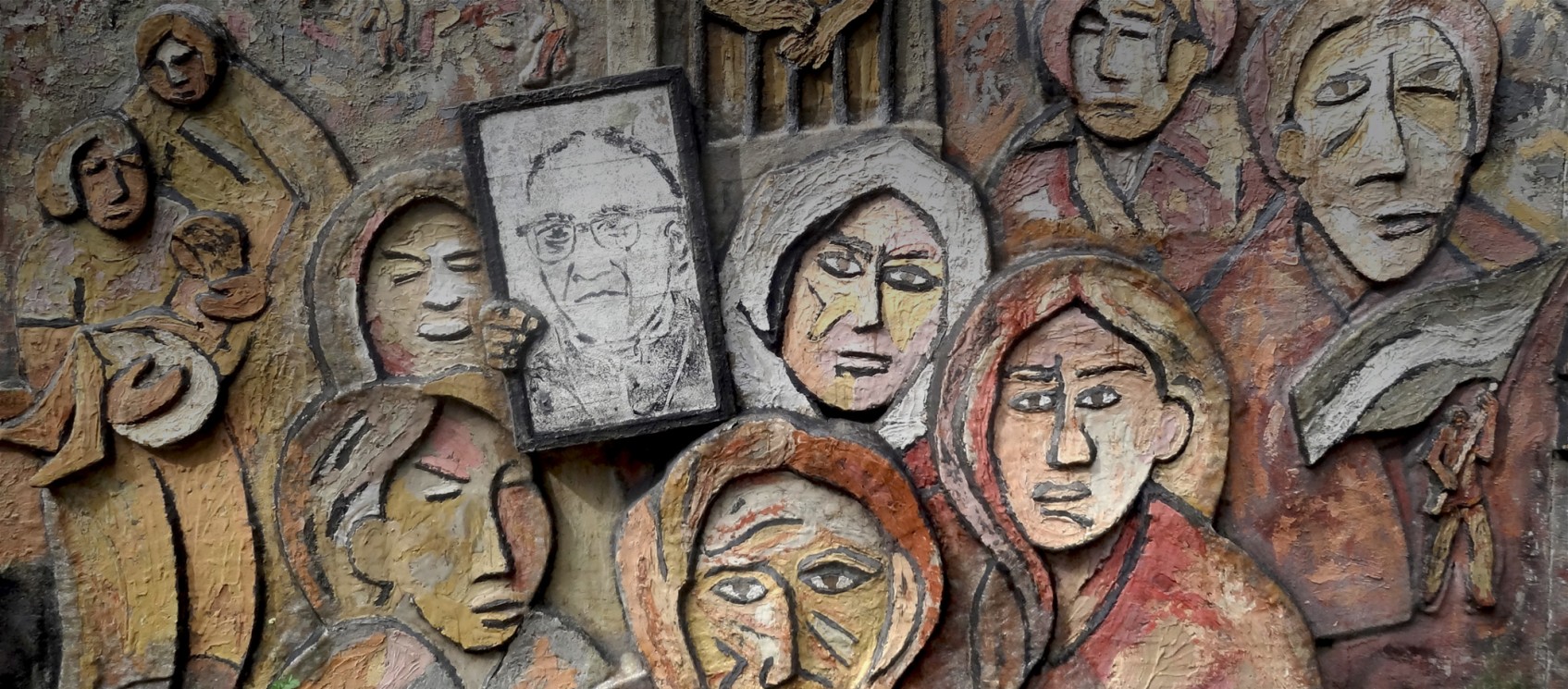Central America Semester: Spanish Language and Social Justice, Sample Itinerary
This is a sample itinerary. No two Dragons courses are the same. Every itinerary considers the unique strengths of the instructor team and interests of the student group.
| Week 1: Orientation in Nicaragua | After arriving in Managua, we spend several days at La Garnacha, a small community focused on sustainable agriculture. This time focuses on coming together as a group, setting goals and expectations for our time together, and getting oriented to our surroundings. Work in different areas of the community provides an introduction to sustainable farming techniques, tropical agricultural production, and the ethics of service in an inter-cultural context. |
|---|---|
| Week 2: Esteli | From La Garnacha we transfer to Estelí, a small city in the north of the country that was one of the first places bombed by the dictatorship during the Nicaraguan Revolution of the 1970s. As a result of this assault many people fled the city to the outlying countryside, and our trek carries us along one of the paths created during this time. For two nights we camp with local families on totally self-reliant farms and hear their stories as they share their homes and locally produced food with us. On the third day we arrive at our destination of El Lagartillo. |
| Weeks 3 and 4: El Lagartillo | Upon arriving in El Lagartillo we are introduced to the homestay families who will host us for the next two weeks. These families were all members of a cooperative that was formed in the late 1970s and then temporarily disbanded after they were attacked by the contra forces in the early 80’s. They share their stories and homes with us during our time here. During the day we study Spanish with local teachers in order to be able to communicate more effectively with those around us. Afternoons are full of hikes in the region, talks on history and the opportunity to participate in local cultural activities such as music and cooking. |
| Week 5: Northern Nicaragua | Our final week in Nicaragua is spent exploring more of the north. We visit CEN (Center for Understanding Nature) in Peñas Blancas where we learn about biodiversity and water issues in one of the most beautiful parts of the country. We will have the opportunity to hike to caves and waterfalls, led by local guides who can provide us with knowledge about our surroundings. Finally we head to the Laguna de Apoyo, a gorgeous freshwater lake where we wrap up our time in Nicaragua before flying to Guatemala. |
| Week 6: Guatemala | We arrive in Guatemala City and immediately transfer to the historic town of Antigua, located one hour’s distance from the airport. Modern Antigua is a hub for tourism in Central America and is a stunning example of a colonial city. After a couple of days exploring Antigua and the surrounding area we travel to the town of San Juan la Laguna on Lake Atitlan to begin our next homestay. |
| Weeks 7 and 8: Lake Atitlán | These two weeks are spent living with Tzutujil families on the southwestern shore of Lake Atitlán. Here we continue studying Spanish as well as learning some of the local mayan language. Students have the opportunity during this time to undertake an Independent Study Project on a wide range of topics such as herbal medicine, weaving, traditional music and mayan spirituality. We also have the chance to participate in local ceremonies, hike the surrounding volcanoes and work on coffee cooperatives. During this time we also visit IMAP, the Mesoamerican Permaculture Institute, also located on the shores of the lake, where we learn about Mayan permaculture and local responses to environmental and global issues. |
| Week 9: Rio Dulce and the Caribbean Coast | From Lake Atitlán we head northeast to the Caribbean Coast, home of the Garifuna people. We visit Livingston and Rio Dulce and have the opportunity to interact with local NGO’s working on local empowerment and conservation issues. We also explore the stunning Caribbean coast and the unique culture and traditions of its inhabitants, which vary significantly from the western highlands. |
| Week 10 and 11: Southern Mexico Expedition Option | These weeks are the expedition phase of the program. This is where the group is given more responsibility as well as the opportunity to collaborate on the itinerary. One of the options for this time is to visit Chiapas, Mexico, just north of the Guatemalan border. Chiapas and Guatemala share culture and a long history as Mayan states. If this option is taken students have the chance to not only explore the most biodiverse area of Mexico, but to continue to deepen their relationship with the peoples and cultures of the Mesoamerican region. |
| Week 12: Transference | The final week of the program is our Transference. This week sees us come back together as a group in order to begin processing the experience. We take time to reflect on our journey and brainstorm ways to carry the learning we’ve gained into our lives at home, while enjoying our final days together as a group. |

